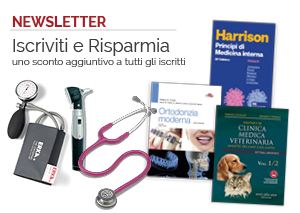Resting heart rate as a cardiovascular risk factor - Evidence and implications for clinical practice
di Julius - Palatini • 2015 • dettagli prodotto
per la spedizione in 31-36 giorni lavorativi
da
a
€ 26,40

DESCRIZIONE
From ancient times in China, Egypt and Middle East through classic Greek and Roman eras until a few centuries ago, healers and physicians used the pulse as the most important method of assessing a person’s health. They appreciated the association of tachycardia with seriousdiseases and understood that regardless of whether the underlying cause was infection, pneumonia, anemia or heart failure, the faster the heart rate the poorer was a patient’s chance of survival. Besides of feeling the pulse the old time practitioners knew only few other objectivesigns of disease. Taking the temperature, observing the color of the skin, and analyzing the breathing were helpful but in the absence of laboratory tests our colleagues of yore were unable to confirm their diagnoses. Of necessity they became artists free to use experience, imagination and a “feel of the patient” to paint a picture of the disease. Actually it was not very important whether they were right or wrong because these old doctors were left in total darkness about how to treat a disease. There were all sorts of untested “logical” theories of why a medication may be helpful. Because of the similarity of its color to that of the blood the red wine was used for anemia and since the blood may have been poisoned, copious bleeding by venipuncture or leeches was recommended for just about every disease....
DETTAGLI PRODOTTO torna su
Titolo: Resting heart rate as a cardiovascular risk factor - Evidence and implications for clinical practice
Autori: Julius - Palatini
Editore: Cesi
Volume: Unico
Edizione: 2015
Lingua: Inglese
Finitura: Copertina flessibile
RECENSIONI
NESSUNA RECENSIONE PER QUESTO PRODOTTO































